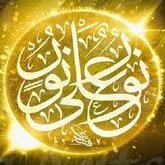Sign in to follow this
Followers
0

The Muslim Ritual Prayer (as-salah / namaz)
By
Nuralshamal, in General Discussion

By
Nuralshamal, in General Discussion